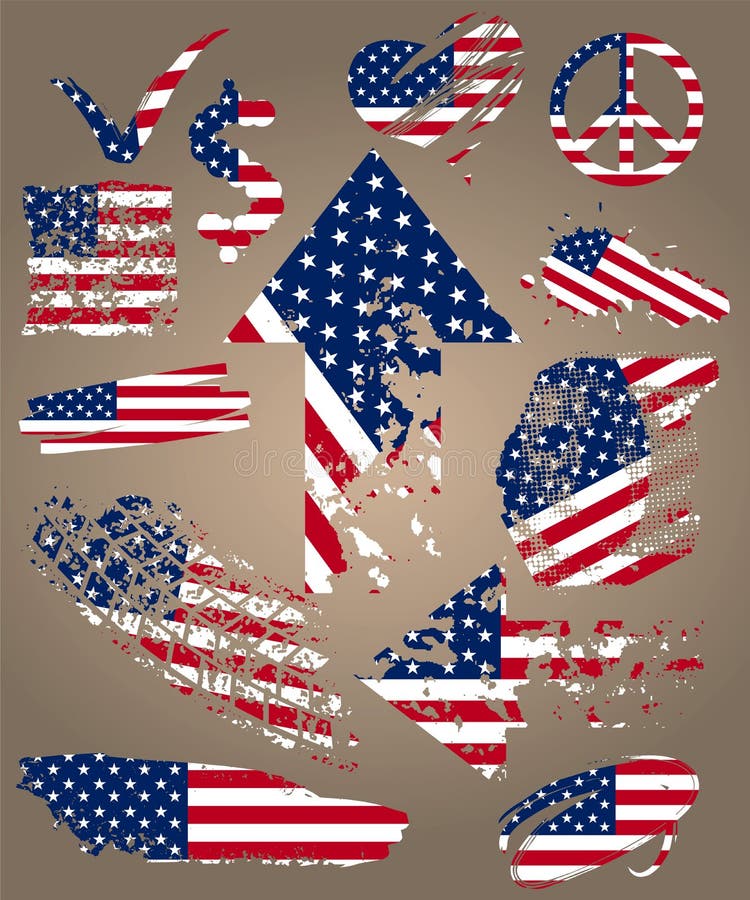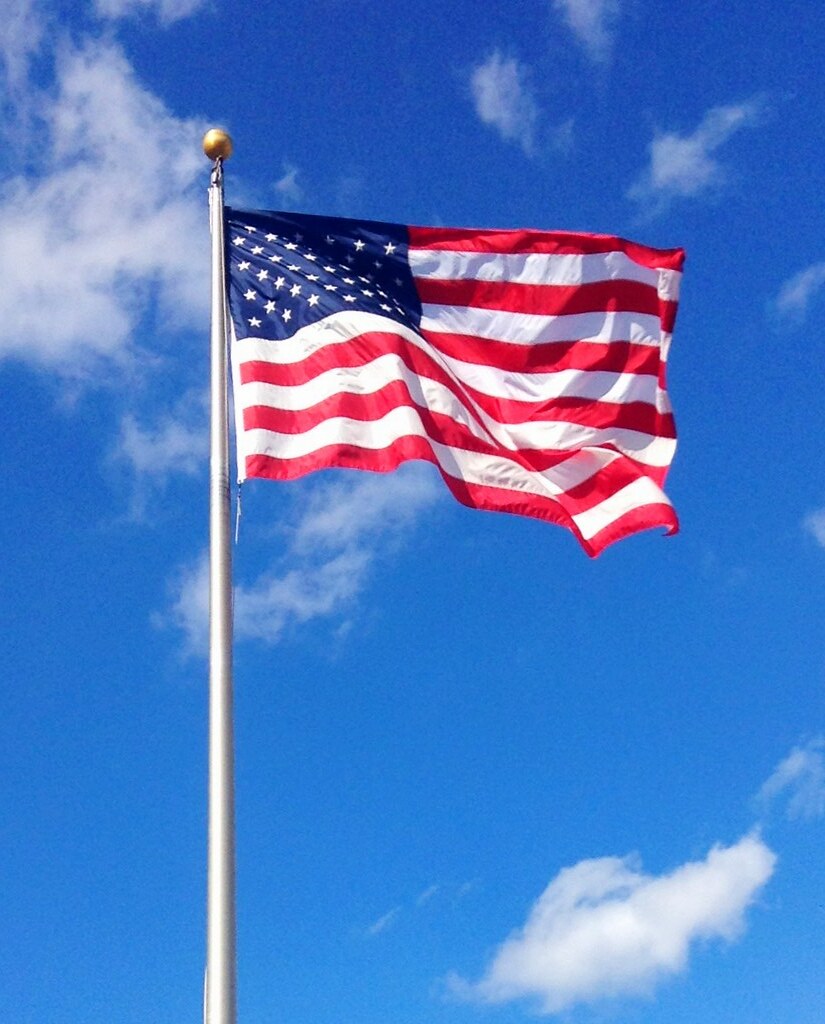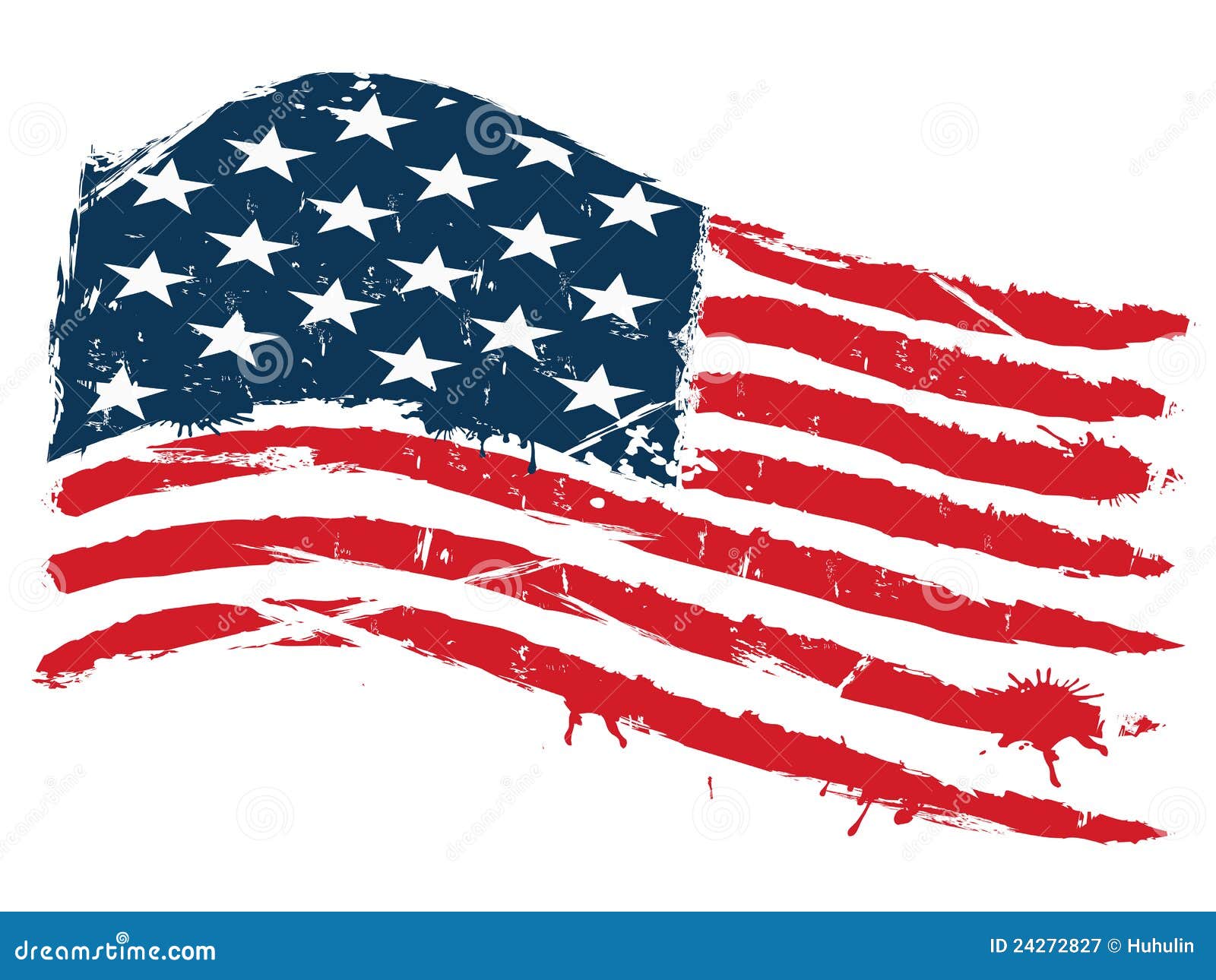Table Of Content

The legend goes that George Washington, Robert Morris, and George Ross came to Betsy Ross’s house to discuss the design of a national flag. The original design had six-sided stars representing the thirteen colonies on a field of blue with red and white stripes. The three men, amazed at how quickly she could cut the five-pointed stars, assigned her with the task of sewing the flag. The larger of these two flags would become known as the “Star-Spangled Banner.” Pickersgill stitched it from a combination of dyed English wool bunting (red and white stripes and blue union) and white cotton (stars). Each star is about two feet in diameter, each stripe about 24 inches wide.
Flags of the United States
One more star: What happens to the U.S. flag when another state is added? - Marketplace
One more star: What happens to the U.S. flag when another state is added?.
Posted: Wed, 14 Jun 2017 07:00:00 GMT [source]
Surprised by the strength of the American defenses, British forces camped on the battlefield and waited for nightfall on September 13, planning to attempt another attack under cover of darkness. As new states joined, corresponding stars were added to the flag. With few specifications in place, a variety of creative star arrangements were produced. The orderly pattern of offset rows wasn’t standardized until 1959. The current flag has fifty stars and has remained unchanged since Alaska and Hawaii entered the Union in 1959.
Display on vehicles
Heft’s design consisted of 13 stripes and 50 stars — a familiar and iconic design that has been used to represent the American flag ever since. The Armistead family received frequent requests for pieces of their flag, but reserved the treasured fragments for veterans, government officials, and other honored citizens. Although its events inspired one of our most famous national songs, the War of 1812 is itself a relatively little-known war in American history. Despite its complicated causes and inconclusive outcome, the conflict helped establish the credibility of the young United States among other nations.
Current state flags
By 1994, museum officials recognized the need for further conservation, and in 1996 they began developing a plan to preserve the Star-Spangled Banner using modern, scientific conservation techniques. This most recent preservation effort was formally launched in 1998 with the flag’s inclusion in “Save America’s Treasures,” a wide-reaching Millennium preservation project initiated by First Lady Hillary Rodham Clinton. At this time, the flag was taken down from the wall where it had hung since 1964; in 1999, it was moved to the climate- and light-controlled conservation lab where it remains today.
Department of Health and Human Services
Heft’s mother was an avid seamstress, though she refused to help her son with the project. Instead, Heft was forced to design the new American flag on his own. Shortly after submitting his design to Congress, it was selected to replace the previous American flag design. Since then, Congress has continued to recognize Heft’s design as the official American flag.

The orange-and-brown clouds in the lower third of the image are swirls of dust and gas. Additional stars, in our Milky Way and in distant galaxies, appear in the blue and black regions above and beyond the nebula. Greg Breeding, an art director for USPS, designed the stamp using an image provided by NASA, the European Space Agency, the Canadian Space Agency and the Space Telescope Science Institute. Pillars of Creation (Priority Mail) Captured by the James Webb Space Telescope, this extremely high-definition infrared image shows the magnificent Pillars of Creation formation within the Eagle Nebula. By assigning color to various wavelengths, the digitized image allows us to see a landscape otherwise invisible to the human eye. Red areas toward the end of the pillars show burgeoning stars ejecting raw materials as they form, while the relatively small red orbs scattered throughout the image show newly born stars.
The first “official” American flag was actually created in June 1775, and it was known as the Continental Colors or the Grand Union Flag. Much like today’s flag, it boasted 13 red and white alternating stripes to represent the 13 original colonies. Garden Delights These stamps will be available for mailers who enjoy adorning their cards and letters with beautiful stamps depicting nature scenes. In each of the four photographs, a different female ruby-throated hummingbird hovers next to either a zinnia, cigar flower, spotted touch-me-not or sunflower.

Benjamin Franklin's United States Flag
In August 1814, General Ross and his seasoned troops landed near the nation’s capital. On August 24, at Bladensburg, Maryland, about 30 miles from Washington, his five-thousand-member British force defeated an American army twice its size. They set fire to the United States Capitol, the President’s Mansion, and other public buildings.
Greg Breeding, an art director for USPS, designed the stamps using existing photographs by wildlife photographer Ben King. Love The 2024 Love stamp features a stylized bird in flight bearing a message of love in its beak. Made of four geometric shapes shown against a rich red background, the white bird carries a pink envelope sealed with a red heart. Antonio Alcalá, an art director for USPS, designed this stamp with an original digital illustration by Katie Kirk. The current American flag was designed by a 17-year-old high school student named Robert Heft in 1958. For a school project, Robert Heft was tasked with designing a new version of the American flag.
The star is in two shades of blue to give it a three-dimensional look. The first “official” flag was “the Continental Colors,” also known as the “Grand Union Flag,” which consisted of thirteen red and white stripes and the United Kingdom’s flag in the upper-left-hand corner, also known as the canton. It was the same design as the flag for the British East India Company that flew from 1701 to 1801. However, the British East India Company’s flag ranged from nine to thirteen red and white stripes and was usually only flown when it was sailing in the Indian Ocean. During the American Civil War, the Confederate States of America began to use its first flag, the Stars and Bars, on March 5, 1861.
Flag Day: See 43 U.S. flag designs over the years; star pattern was not uniform until 1912 - cleveland.com
Flag Day: See 43 U.S. flag designs over the years; star pattern was not uniform until 1912.
Posted: Thu, 14 Jun 2018 07:00:00 GMT [source]
Illustrator Laura Stutzman painted the designs using gouache on illustration board. The Stars and Stripes changed on May 1, 1795, when Congress enacted the second Flag Resolution, which mandated that new stars and stripes be added to the flag when new states were admitted to the Union. The first two new states were Vermont (1791) and Kentucky (1792). In all, from 1777 to 1960 (after the admission of Hawaii in 1959), there were 27 versions of the flag—25 involving changes in the stars only.
The American flag flies at half-staff or at half-mast when the country or a state is in mourning. The president, a state governor, or the mayor of the District of Columbia can order flags to fly at half-staff. The United States was just a few weeks shy of celebrating its one-year anniversary when the Second Continental Congress passed a resolution establishing an official flag for the nation in 1777. And while Philadelphia seamstress Betsy Ross is widely known as the person who made the American flag, this claim is starkly unfounded. This is a partial list, with more to be revealed in the weeks and months ahead.
It gained special significance during the Civil War, a time when many Americans turned to music to express their feelings for the flag and the ideals and values it represented. By the 1890s, the military had adopted the song for ceremonial purposes, requiring it to be played at the raising and lowering of the colors. In 1917, both the army and the navy designated the song the “national anthem” for ceremonial purposes. Meanwhile, patriotic organizations had launched a campaign to have Congress recognize “The Star-Spangled Banner” as the U.S. national anthem.

No comments:
Post a Comment